Author: Dorota Wodecka-Lasota
Source: Gazeta Wyborcza – January 16th 2008
* * *
Romek, 28-year-old from Poland, goes on a personal quest to Germany to talk to soldiers fighting against the 1944 Warsaw Uprising and hear their story.
28-year-old Romuald lives with his parents near Opole. He’s a children’s stories’ author and gets his works published by a small literary publishing house. On weekends he works part-time in a delivery firm, handling larger parcels.
In 2004 his girlfriend gave him the Chronicle of the Warsaw Uprising as a present. He had never been in Warsaw before. The book gripped him.
‘But what it was missing was the story as Germans see it. I searched in libraries and in internet – but I haven’t found anything. Then I thought – since historians didn’t find anything – I will‘ , says Romek. ‘Why? I don’t know why. I just wanted to know’.
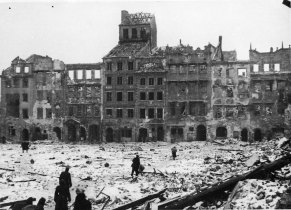 In 1989 a small Munich publishing house issued ‘Warschauer Aufstand’, containing a list of German soldiers fighting the 1944 Warsaw Uprising, together with their military rank and, where applicable, date of death. The low circulation publication received much attention from historians, who alarmed that there were many inconsistencies and errors. Germans protested too. Some of those included in the book have never been to Warsaw. Some were declared dead by the book, while they still were alive and well. Under the threat of court action, publisher withdrew the 3000 copies from bookshops.
In 1989 a small Munich publishing house issued ‘Warschauer Aufstand’, containing a list of German soldiers fighting the 1944 Warsaw Uprising, together with their military rank and, where applicable, date of death. The low circulation publication received much attention from historians, who alarmed that there were many inconsistencies and errors. Germans protested too. Some of those included in the book have never been to Warsaw. Some were declared dead by the book, while they still were alive and well. Under the threat of court action, publisher withdrew the 3000 copies from bookshops.
Romek managed to find the publication with help of a friend in Berlin. Another friend, IT specialist, searched the internet to find out who, from that list, is still alive. In Germany personal information is not protected. After ruling out those who passed away, 42 people were left.
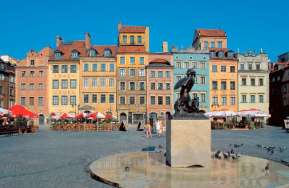 Romek contacted them last summer holiday: six agreed to meet with him. On weekends, as Romek was busy with work on weekdays.
Romek contacted them last summer holiday: six agreed to meet with him. On weekends, as Romek was busy with work on weekdays.
However, he shouldn’t have bothered visiting three of the six.
Johann said he’s never been to Poland. Joseph’s been in Poland twice – to do shopping in a border-town. Heinrich, on the other hand, was talking about the fights on Warsaw’s Triple Crosses Square like he was reciting a story learned by heart. He received Romek in his entrance hall and wouldn’t even let him ask the firt question. ‘I regret I agreed for this meeting. In your country this rising is a national myth, and whatever I’d say your Polish propaganda will transform my words so that Germans seem like pigs. That’s how you do it’, he said, asking Romek to leave.
Erich in Thuringia, next on the list, told Romek he’d arrived in Warsaw after the end of the uprising – on October 4th 1944. We was eighteen. ‘We worked in a brigade, which for seven-eight hours a day walked around with flamethrowers and burned down the ruins’, he recalls.
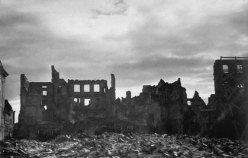 He was surprised they were ordered to burn what was already burned. The petrol they were supposed to use wasn’t the right quality either. Townhouses woldn’t burn easily. After work they went back to Mokotów district, where they lived several soldiers in one room. They felt safe there: the gates to German-controlled part of the city were guarded by 50 German soldiers.
He was surprised they were ordered to burn what was already burned. The petrol they were supposed to use wasn’t the right quality either. Townhouses woldn’t burn easily. After work they went back to Mokotów district, where they lived several soldiers in one room. They felt safe there: the gates to German-controlled part of the city were guarded by 50 German soldiers.
Yet everyday they drank spirit. One friend of his couldn’t cope with this work. He poured petrol over himself and set himself on fire.
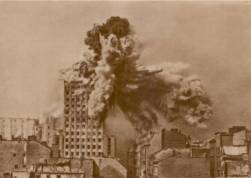 When Erich watched Polanski’s Pianist on tv, things came back to him. ‘It wasn’t at all as showed in this movie. Many people lived in ruins – not only Szpilman. Several hundred at least’, he convinced. ‘They walked out at night. I saw them, when we went out to the ruins, driven by curiosity, once. We saw how they pull burned potatoes from cellars. There were no orders to shoot at these people’.
When Erich watched Polanski’s Pianist on tv, things came back to him. ‘It wasn’t at all as showed in this movie. Many people lived in ruins – not only Szpilman. Several hundred at least’, he convinced. ‘They walked out at night. I saw them, when we went out to the ruins, driven by curiosity, once. We saw how they pull burned potatoes from cellars. There were no orders to shoot at these people’.
Today he is ashamed of what he then called a good fun, ‘We razed a city to ruins. I’m sorry’, he says, ‘would you like more tea’?
‘First day each month at 10 we received our soldier’s pay. August the 1st wasn’t therefore the best time for an attack, as by 5 pm we were at least a bit drunk‘ – says Romek’s next interlocutor – Dieter. Romek visited him on the outskirts of Berlin. He didn’t want to say much though. He was a marksman near Teatralny Square. He wouldn’t say how many times his shot was well-aimed, but there are diplomas for marksmanship, he received before the war, hanging on the wall. Dieter is not making an effort to be polite, he murmurs… maybe because partisans killed seven of his colleagues? – ‘Eight of us walked, and then these people approached us wearing German uniforms. They started shooting when we were very close. I ran away. I survived this war’.
When Romek wants to know whether Dieter has any souvenirs from Warsaw, Dieter browses through his drawers nervously. Some papers fall on the floor. ‘When you fight for your life you don’t think about souvenirs’, he says nervously, holding postcards in his hands. ‘Have them, take them for historical documentation, it has no worth to me. There were twelve in that series, but I’ve sent four to friends. Good bye’, he cuts the chat short.
Eight postcards feature ruins of Warsaw: Krasiński Square, Królewska St., Piłsudskiego St., Nowy Świat, Krakowskie Przedmieście and Wierzbowa St. Ruins and cinders. One postcard signed “famine” features people in the street, bending over a dead horse’s body trying cut out some meat. This is the only postcard series with ruins of Warsaw issued during the war.
– ‘I don’t think this German man wanted to pay some historical debt giving me these postcards. He just wanted to get rid of me quick‘, – Romek was unimpressed.
Romek had been meeting up with Germans fighting the Warsaw Uprising for six consecutive weekends. The last meeting was to take place in Munich. He drove there without faith, with the feeling of senseless of what he was doing. ‘No one really wanted to talk. I had met elderly men blundered between memories. Jürgen was the oldest, he was 102, therefore I didn’t expect him to tell me anything of historical value or emotional weight. That he’d help me understand those Germans. And my meeting with him was so surreal. I felt like I found myself within that poem about SS-soldier sipping tea from the last cup left in once piece in Dresden’.
Jürgen received him in his library with oak parquet flooring. Mahogany bar in one corner, samovar with orange-flavoured tea in other. Bookcase covering the whole wall hosting pre-war editions of Goethe, Schiller and atlases. Massive desk stands next to the window. Jürgen, wearing a shirt and a waistcoat, is not sitting behind it – but in an armchair next to the steaming samovar. Romek feels a bit out of place with his T-shirt in this bourgeois interior. He’s comforted when he notices Jürgen’s old fluffy slippers.
Jürgen says he’d been in Warsaw several times. He used to spend his days-off there. He was stationed in Poznan, his friends used to go to the seaside. But he travelled to Warsaw and walked around with a camera.
‘The city was in psychosis. People were terrified of the Germans. They didn’t want to pose to the pictures. When I started making photos, suddenly all people around me were gone. Just a building and nothing more. It was different in Kraków, there was no fear. People made me pictures when I asked them’, Jürgen recalls.
The photos from Kraków were gone. Out of twenty suitcases he packed, only four survived the chaos of war. He’s also lost the photographs he’d made in Warsaw’s ghetto, in Gdynia, Gdańsk and Łódź. Romek finds it hard to sympathise with this high Wehrmacht officer’s, loss. And when he’s asked to pass a beige photoalbum entitled “Reise nach Warschau”, Romek notices “Mein Kampf” from 1939 on a bookshelf.
‘I felt shivers going down my spine when I saw it’, says Romek, ‘then I froze in my armchair’.
Jürgen opened the diary documenting his first stay in Warsaw in August 1st/2nd 1941. Each photo is described, some with personal notes.
Leafing through page by page.. the bridges, Saski Palace, main train station, his portrait with Wierzbowa St. in the background, then some photos from the ghetto – at the sight of which Jürgen raises his voice:
‘Jews perceive themselves as victims of war – but they are not victims, they are perpetrators!’ – he says irritated, and goes on telling a story of how a Jew cheated his father before the war in a real-estate transaction.
Jürgen is so loud, his grandson shows up at the door to check what’s happening. And stays there leaning against door frame, to listen to the rest of the story.
Romek tries to change the subject. They return to uprising. Jürgen was in Warsaw in the moment of outbreak and worked in an administrative building on Krakowskie Przedmieście – and during the three weeks he spent in Warsaw only once he saw young people with white and red armbands.
‘I never walked out in uniform, although it was forbidden. And I never carried weapon. Therefore no one paid attention to me. Because I was afraid. But not when I heard gunshots somewhere – then I knew that since the fights are there, I am safe where I am’, he says.
‘But Poles were barbarians. My friend’s son died during the uprising. His body was found naked, completely naked! How could they deprive him of intimacy like that?’ – Jürgen raises his voice again, while Romek is thinking about the people in Auchwitz and Jews transported from his home-town Opole to Czech Terezin.
‘Romek explains: ‘I didn’t want to engage in discussion. I didn’t want to persuade him, to convert him. Because this man lived for 102 years and it was unlikely he’d change at the end of his way’, says Romek.
He asked for more tea. Jürgen’s hand was firm, and there was not a sign of shaking. He stood up, and came to the window smoking his pipe. Grandson stood at the door. Romek broke the silence asking if he could buy this photo-album. He was able to pay 250 euro – for which Jürgen agreed, although his grandson thought the photographs are worth 400.
Then he opened a desk drawer and took out a full pack of Warsaw’s gingerbread cookies from 1941, a German eagle with a sign in German “Souvenir from Warsaw”, and five menus from Warsaw’s restaurants. ‘I’d go back to Warsaw for the food – it was absolutely superb’. We talked for three hours, and then he said he was tired.
* * *
Please note that the pictures used in this blog to illustrate this topic are not the ones made by Jurgen.
Interested in Warsaw Uprising? Here are some links
CNN Presents Classroom Edition: Forgotten Soldiers
warsawuprising.com
The Warsaw Rising Museum
Norman Davies Rising ’44
—
If you enjoyed this post why not visit Polandian, a collaborative blog on Poland.
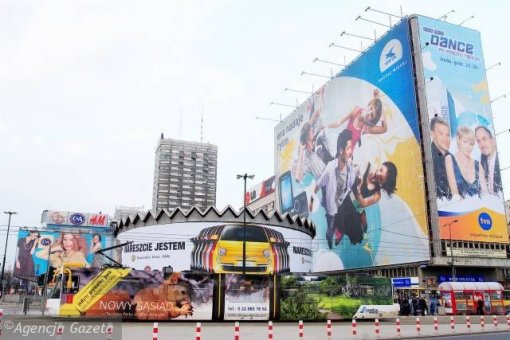
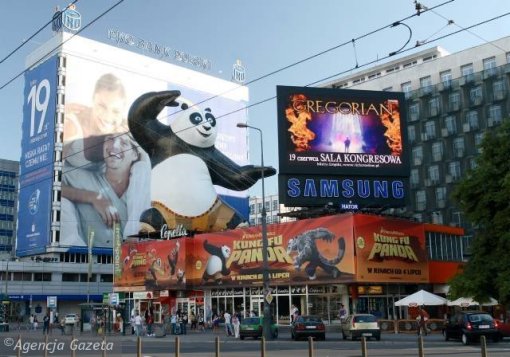
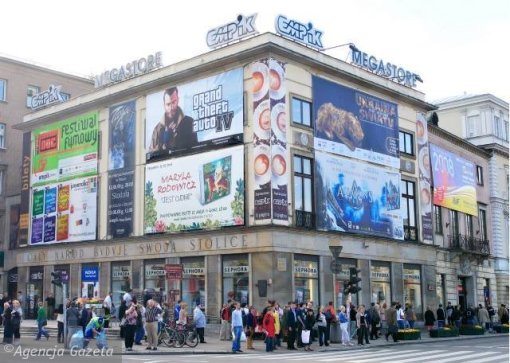
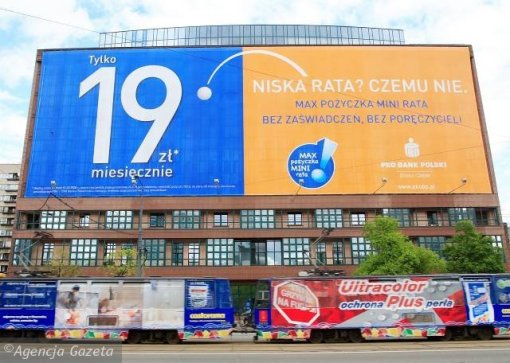
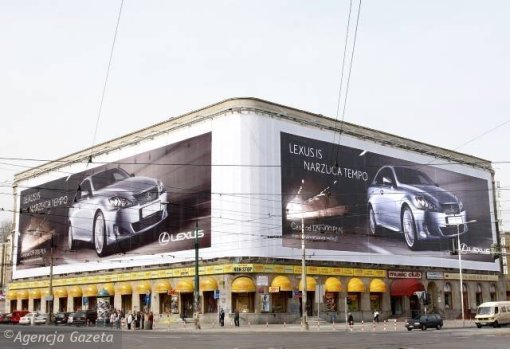

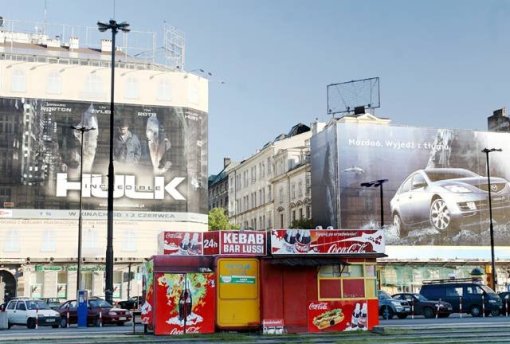
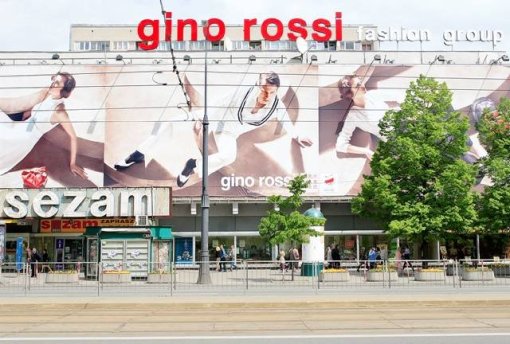
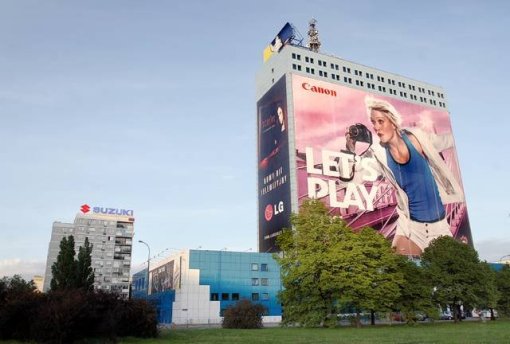
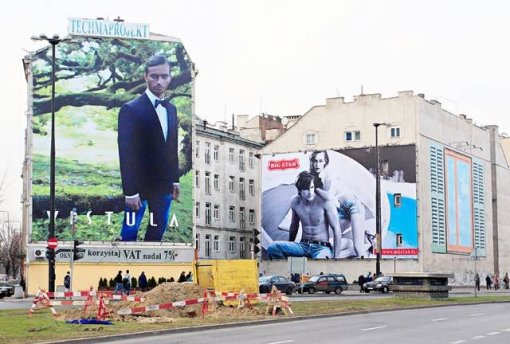
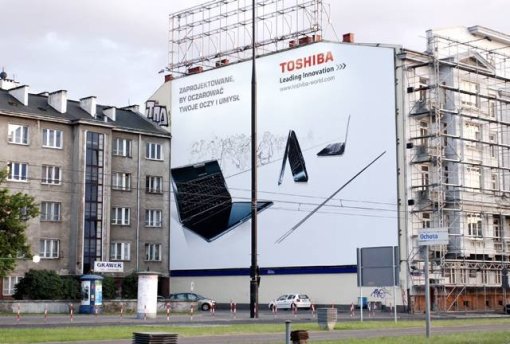





LAST 5 COMMENTS